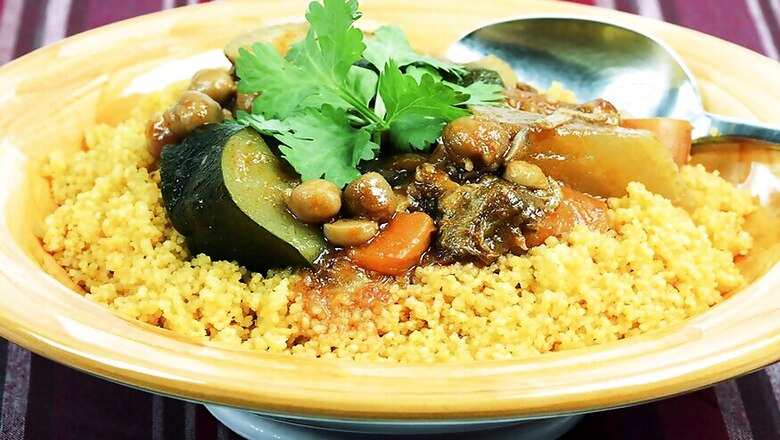
views
This North African culinary specialty -- to which Algeria, Morocco and Tunisia all lay claim -- could be set to join UNESCO's list of intangible cultural heritage. Could couscous join the French gastronomic meal (added in 2010) on UNESCO's list of intangible cultural heritage? Experts representing Tunisia, Morocco and Algeria are working on a joint proposal to get couscous added to the list.
The three North African countries all lay claim to the origins of the dish, comprising tiny balls of durum wheat semolina, served with vegetables and meat. While no one can agree on its origins, the joint project has the advantage of uniting the three countries and their people on the importance of couscous in the history of humanity. Indeed, the dish can be traced back to Antiquity.
The French started to get a taste for couscous in the 20th century, with the arrival of Algerian immigrants and French nationals born in the former North African colony when Algeria gained independence in 1962. France's gastronomic meal isn't the only food-related addition to UNESCO's intangible cultural heritage. Traditional Mexican cuisine gained the status in 2010, along with Northern Croatian gingerbread. Japanese food -- more precisely "washoku," relating to Japanese culinary traditions and culture -- was added in 2013.
The famous Mediterranean diet, Turkish coffee and shrimp fishing on horseback in Belgium have also been recognized as intangible cultural heritage. In 2015, Arabic coffee was added for its stats as a "symbol of generosity," joined more recently by the art of the Neapolitan "Pizzaiolo."




















Comments
0 comment